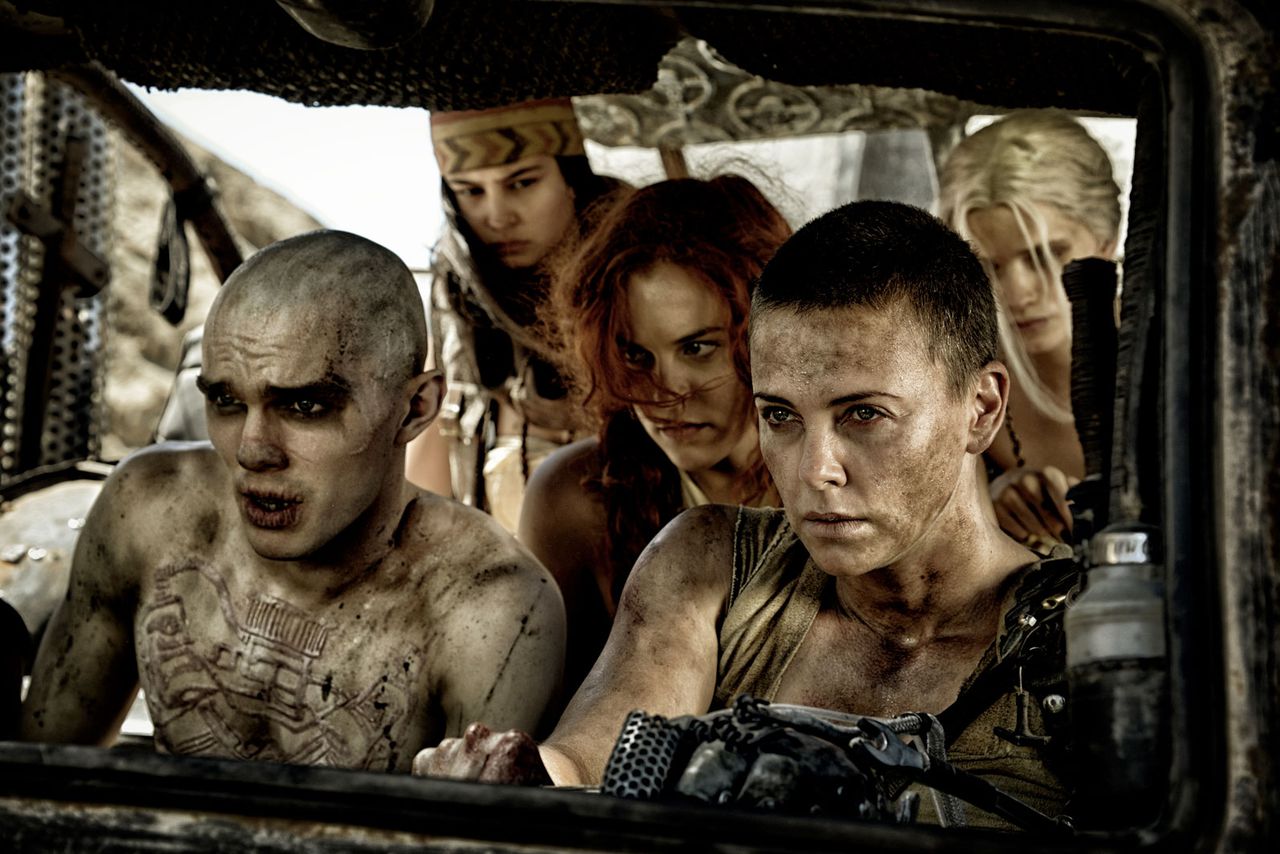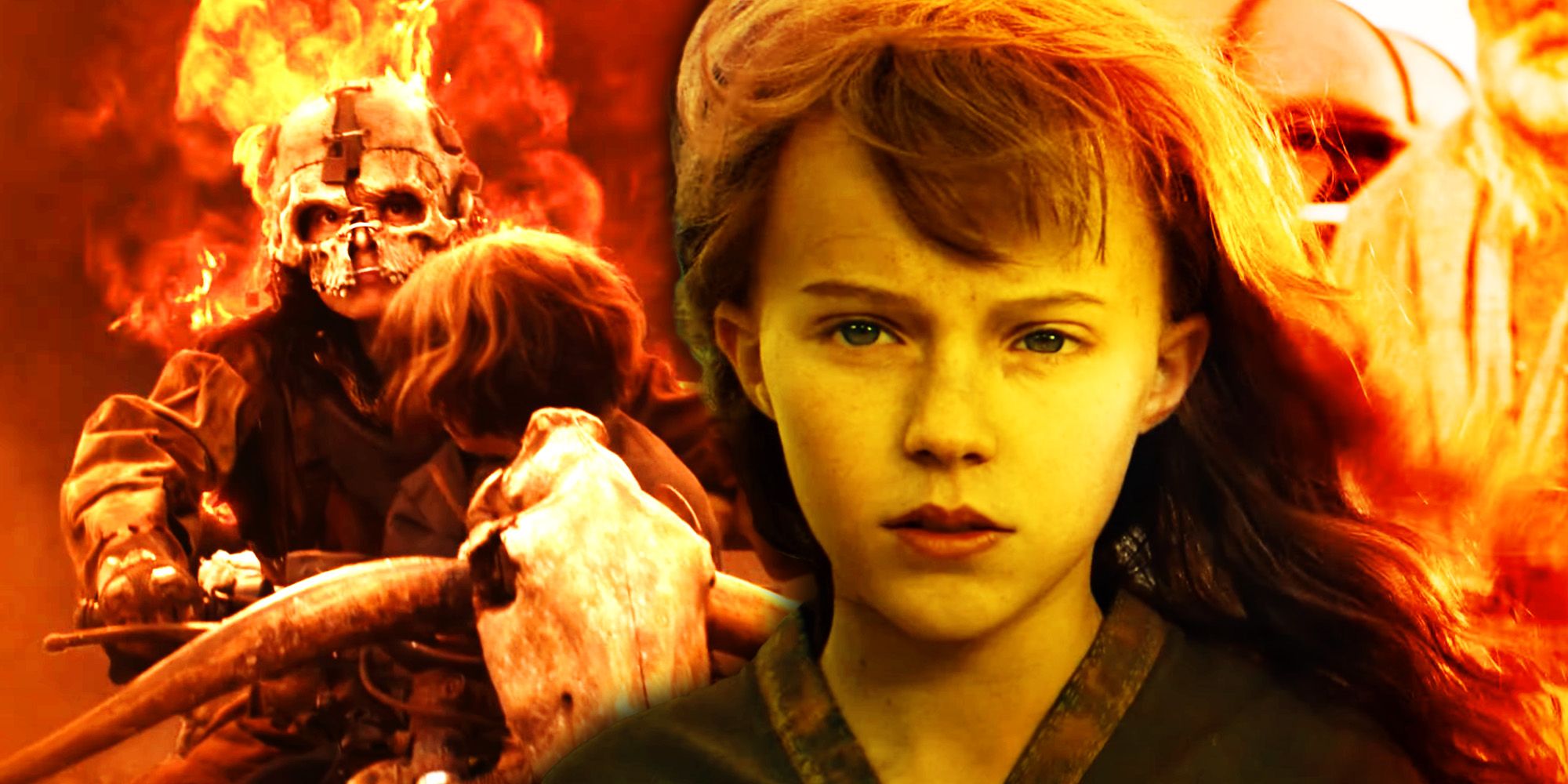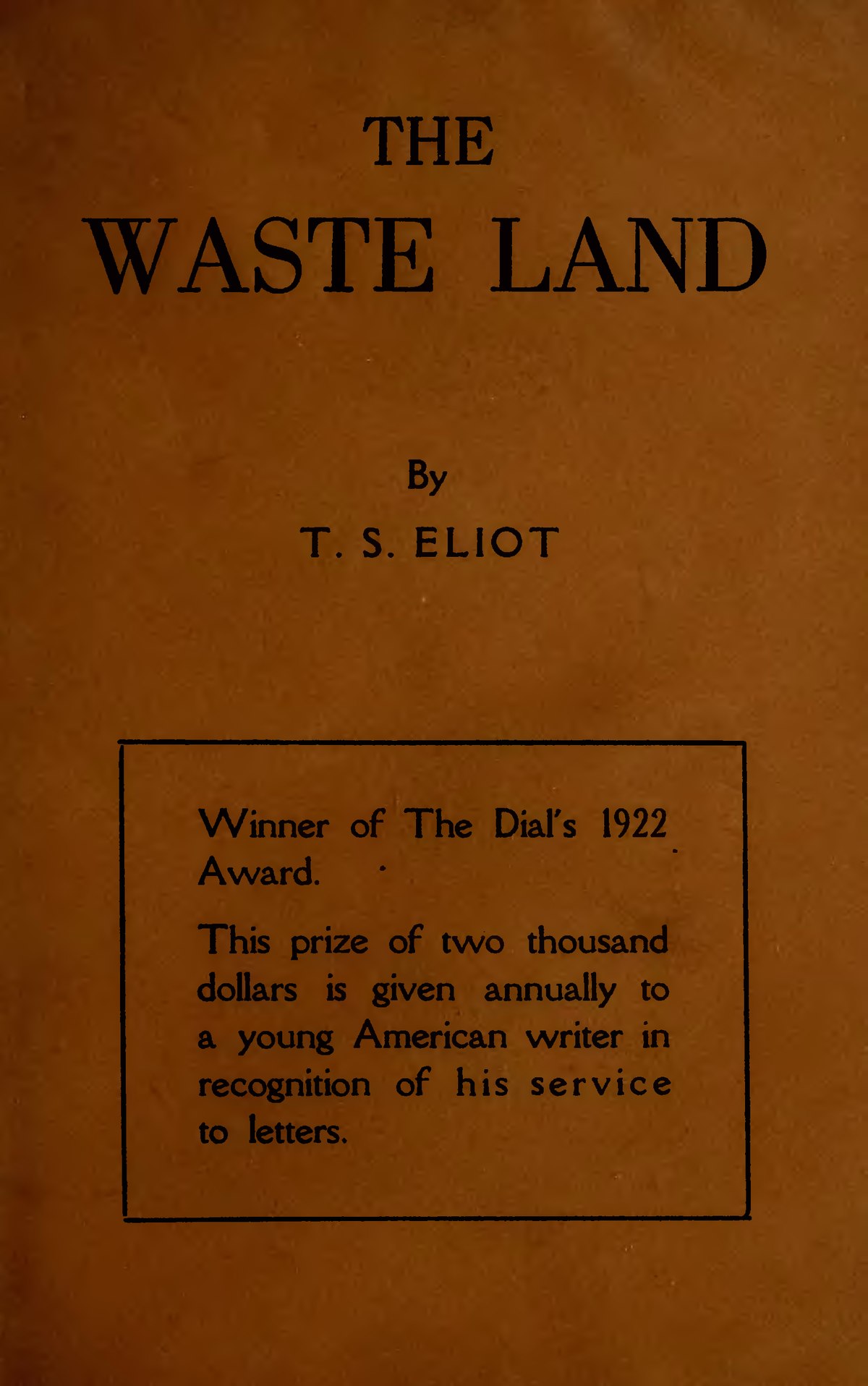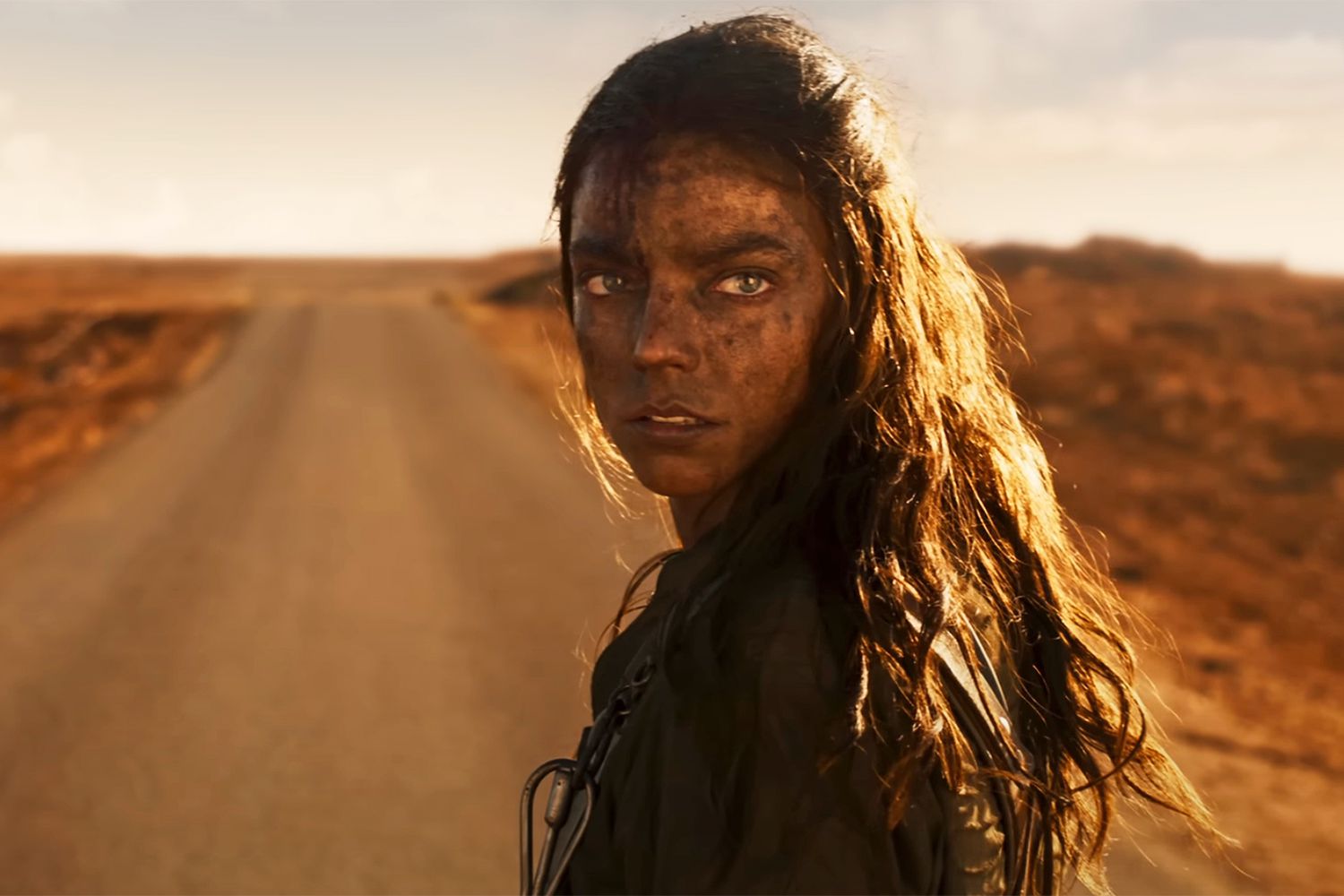
Furiosa: A Mad Max Saga - A Cinematic Masterpiece
The post-apocalyptic franchise continues to be a completely unique blockbuster series. When Mad Max: Fury Road appeared in the summer of 2015, it emerged into a cinematic world where it felt like a unicorn. With the Marvel Cinematic Universe and other fantastical franchises in full flower, writer/director George Miller had revived a series from a time before CGI, without its iconic star in the role that launched his career. It would be built almost entirely on practical effects, on pure action choreography and crazed spectacle.
 The iconic Furiosa
The iconic Furiosa
And it was goddamn awesome.
Miller had nothing left to prove at the age of 79 in returning once again to that world with Furiosa: A Mad Max Saga, offering an origin story of the prosthetic-armed road warrior originally played by Charlize Theron. Maybe it could only possibly be less revelatory by comparison. But it still feels like a gift, a reminder that the continuation of a big-screen series doesn’t have to feel like a “the beatings will continue until morale improves” situation, as long as there’s an actual guiding sensibility involved.
The Childhood of Furiosa
Miller and his Fury Road writing collaborator Nick Lathouris take us back to the childhood of Furiosa (Alyla Browne), living in a hidden, near-idyllic community in the Australian outback while the rest of the world has devolved into factions battling for precious resources. One such faction—led by the warlord Dementus (Chris Hemsworth)—captures the girl, believing she can lead them to the “place of abundance,” especially if they’re willing to torture and kill her mother. But as she grows to adulthood (Anya Taylor-Joy), Furiosa keeps her secret, dreaming only of a way to get back home.
 A glimpse into Furiosa’s childhood
A glimpse into Furiosa’s childhood
That path, we know from Fury Road, will eventually lead Furiosa to the Citadel of rival warlord Immortan Joe (Lachy Hulme, taking over from the late Hugh Keays-Byrne), and much of Furiosa is constructed around establishing the ecosystem of power in “The Wasteland”—a delicately balanced triangle of food/water (The Citadel), fuel (Gastown) and weapons (The Bullet Farm).
The Action-Packed Universe
Hemsworth makes for a dynamic central antagonist, not just as an imposing physical presence, but as the kind of sociopathic ruler who swivels on a dime between suggesting benevolence and murdering anyone in the way of his plans. Taylor-Joy doesn’t appear until around an hour into the film, allowing her distinctive face to do a lot of the work of her performance, as Miller similarly sidelines his theoretically central character for a long stretch in much the same way that he did with Max Rockatansky in Fury Road.
 The post-apocalyptic world of Furiosa
The post-apocalyptic world of Furiosa
That’s because the real star of these movies is the universe Miller has concocted, both in its physical environments and its action aesthetics. The mix of desert landscapes, pasty-faced-and-silver-mouthed “war boys,” rusted-out industrial architecture and jerry-rigged vehicles—like Dementus’s chariot drawn by three motorcycles—creates the perfect backdrop for Miller’s dynamic set pieces. The central sequence, just like in Fury Road, involves an extended attempt to hijack Immortan Joe’s “war rig,” one that features flame-throwers, exploding javelins and plenty of crunching metal and catapulted bodies. Yet this one feels in its own way completely distinctive, adding motorcycle-drawn parasails and other flying apparatus to the attack. It all plays out as wonderfully, brutally physical, pulling off the kind of action moments that leave you grinning with silly incredulity that Miller managed to pull it off.
A Cinematic Masterpiece
Furiosa also attempts to establish a key sorta-romantic relationship for its protagonist—with her kindly mentor, Praetor Jack (Tom Burke)—and it’s never entirely convincing, nor is it particularly necessary from a narrative standpoint to give Furiosa additional motivation in her pursuit of Dementus. While it may be interesting theoretically to show the emotional journey that led Furiosa from a focus on a quest for vengeance to Fury Road’s righteous rescue of Immortan Joe’s captive “brides,” it’s also not as dramatically compelling. This movie is also nearly 30 minutes longer than Fury Road, and there’s definitely a thin line between “more of a good thing,” and simply “more of a thing.”
 Furiosa, the road warrior
Furiosa, the road warrior
The “thing” in this case, though, is a thing you just don’t get very much of anymore: Movies that feel like they’ve emerged fully-formed from a single creative vision, rather than a corporate mandate to extend intellectual property.
Furiosa remains a unicorn sighting, one that will be glorious as long as George Miller is prepared to keep riding them.















